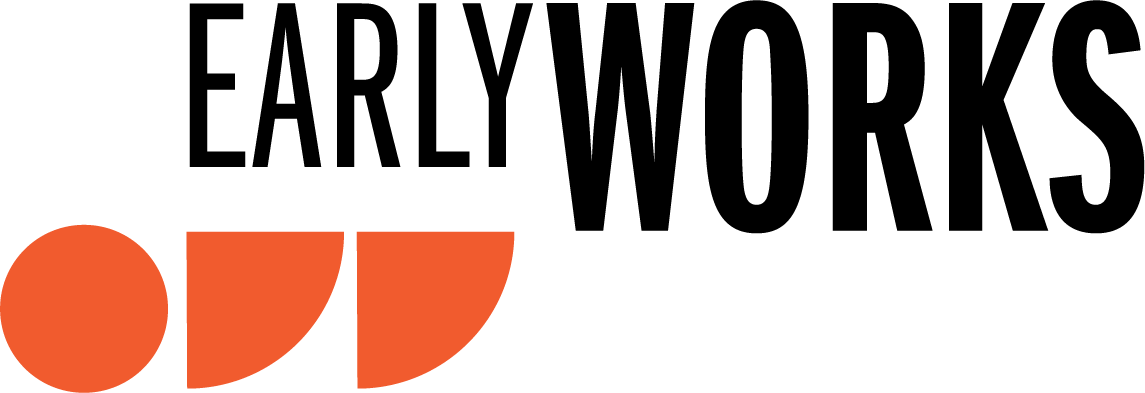How to Bolster a Movement with a Story System
Introducing our Ideas on Loan series! For a variety of reasons, some of our best ideas are never implemented. This series a eulogy to those ideas that never saw the light of day, sourced from real life (the names have been changed to protect the innocent). In sharing them, we hope they inspire you, spurring a potential approach to a challenge you are facing in your work.
By Mary Aviles
Establishing a system for story collection and tracking common themes can provide tangible contours that bring meaning to movement building. For example, several clients are working to develop inclusive networks—to increase access “for everyone”—intentionally shifting away from preferential or invisible networks. The steps involved in such efforts are similar:
Define the entity’s mission and vision
Explore the existing network (or build or formalize a network)
Map that network
Establish consistent inter-network communication
Socialize, amplify what success looks like more broadly—beyond the network
Grow network affiliation and cross-pollination
Report on outcomes/synthesize learnings
To demonstrate momentum and to report on what success looks like, organizations need to collect data and report outcomes that compel further affiliation. To that end, storytelling is one of the most effective vehicles, “Every successful social movement in history has been driven at its core by a narrative that drove people to do amazing things…” - John Hagel. However, to develop narrative, already capacity-constrained network members need to share their granular data and their individual stories. There are several paths to incent this behavior:
One option is data exchange, where each party understands explicitly what they get from the exchange. Consider this example where busy farmers obtain advanced crop forecasts in exchange for confidentially sharing their own granular, field-level data.
Compensation is another means of obtaining data. Organizations can pay their members, though this methodology can introduce ethical considerations.
Yet another option is to make data collection into a competition, publishing a leaderboard of member organizations based on the volume of data shared.
Finally, showcasing member stories with high-quality, professional treatments (e.g., videos, reports, exclusive funder events) or handling the broader socialization for them (to garner media attention or via the development of industry conference abstracts).
Let’s talk specifics. One of our clients is building an inclusive design movement, championing design-driven entities. Their first challenge is inherent in step one, ‘define the organization’s mission and vision.’ What is inclusive design? Each term, considered separately, can be interpreted many different ways, depending on the audience. Consider the image below, seeking to quantify the meaning of the term “inclusive.” One of the actual definitions—“including everyone”—is not even among the possible choices.
Lexicon data collection conducted by a fellow consultancy.
And, the term “design” faces similar challenges, where its meaning can range from decorating your home to an approach to problem solving. In fact, John Maeda, who for the last five years has authored the popular Design In Tech industry trends report, will instead focus on CX (customer experience) for 2020. In 2016, he predicted that, “The general word ‘design’ will come to mean less as we will start to qualify the specific kind of design that we mean—e.g., classical design versus design thinking versus computational design.”
Story collection can help illustrate the meaning of “inclusive design.” We set out to develop a collection of network stories depicting inclusive design in real life. In the first phase of our work, we conducted a qualitative analysis of partner stories and primary interviews with network members to surface emerging themes, like the changing role of the designer.
Further exploration of these stories’ themes can provide depth, dimension, and nuance to organizational goals. Quantification of these qualitative themes can aid in capacity prioritization, inform messaging and strategic communications, and inspire future program development, among other possibilities. Unfortunately, current data collection is manual and puts the burden of reporting—as many surveys do—on network partners.
The goal for a future iteration is to improve data volume and quality and to establish reciprocity while reducing the burden among network partners. The client organization can create a database of network partner activities with a means of quantifying existing themes and identifying new ones (see this example from the Documenting Hate Project). As a process, members would complete a form to document each success. The form would contain common categories and metrics. Completed forms would trigger more in-depth interviews, whose transcripts would be analyzed bi-annually (or more immediately via custom data analysis programming). The resulting synthesis or dashboard view would be shared as learnings among the network and aggregated for broader distribution of the regional inclusive design landscape (see this logic model and this example where network mapping, asset mapping, and stories intersect to form a valuable community resource).
If you think your organization would benefit from the implementation of a story system, please contact us.
Header photo by Laura Eagin, Lennon Wall post-its in Hong Kong, Fall 2019.







